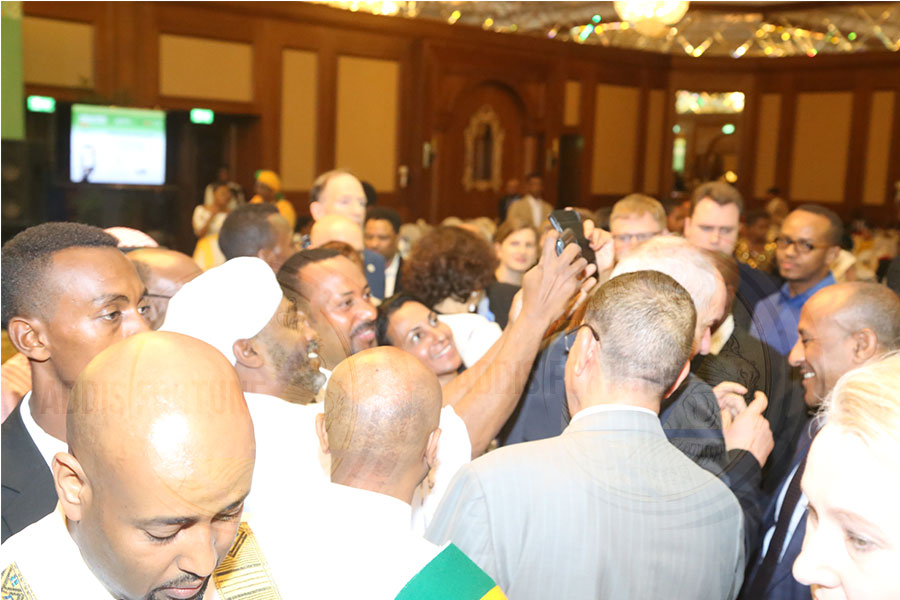
Photo Gallery | 153849 Views | May 06,2019
Mar 16 , 2025
By Ingrid-Gabriela Hoven , Francesco La Camera
Our planet and its inhabitants are in trouble. The Intergovernmental Panel on Climate Change (IPCC) estimates that to meet the targets of the 2015 Paris Agreement and keep global warming below 2° Celsius (relative to preindustrial levels), renewable energy should supply 70pc to 85pc of the world's electricity by 2050. Renewable capacity needs to triple by 2030 to avert a climate catastrophe.
Yet, despite the existential threat posed by climate change, a joint report released by the International Renewable Energy Agency (IRENA), World Bank, World Health Organization (WHO), International Energy Agency (IEA), and the United Nations Statistics Division paints a grim picture. The world is not on track to achieve UN Sustainable Development Goals (SDGs) 7, which aims to "ensure affordable, reliable, sustainable, and modern energy for all."
As of 2022, 685 million people still lived without access to electricity, and 2.1 billion relied on polluting and hazardous cooking fuels.
The problem is particularly pronounced in Africa, where 600 million people currently lack energy access. Electrification has not kept pace with population growth, and centralised power grids have consistently failed to reach those most in need. Consequently, many sub-Saharan communities depend on expensive diesel generators. These carbon-intensive systems account for an estimated 360GW of electricity generation in low- and middle-income countries (LMICs), with annual fuel costs exceeding 40 billion dollars.
Fortunately, it is not too late to change course. Distributed renewable energy (DRE) solutions, which include mini, metro, and mesh grids, as well as small-scale household systems like photovoltaic (PV) solar panels and battery storage, are the key to ensuring electricity for all while meeting the world's climate goals.
Mini-grids, which often rely on renewable-energy sources like solar PV, are small-scale generators connected to localised distribution networks that can operate independently or link to main grids when available. Their scalability makes them well-suited for rural populations and enterprises such as farms, small factories, and schools, as well as for bolstering urban networks. According to IRENA, more than 150 million people were served by off-grid renewable energy systems in 2023.
Scaling DRE systems in low—and middle-income countries (LMICs) is crucial to expanding energy access and decarbonising power grids. With their unmatched flexibility, these technologies are ideal for electrifying underserved communities, boosting small-business productivity, and strengthening national energy resilience and security. At scale, DRE has the potential to deliver electricity to an additional half a billion people and reduce carbon emissions by 1.2 gigatons by 2030.
To accelerate the green transition and help close the energy access gap by 2030, IRENA, the Deutsche Gesellschaft für Internationale Zusammenarbeit (GIZ) GmbH, and the Global Energy Alliance for People & Planet (GEAPP) are committed to deploying DRE technologies such as mini-grids and standalone solar home systems in LMICs.
Projects across the developing world have shown that DRE is more cost-effective than fossil fuels and better suited to decentralised energy distribution. A prime example is Energising Development (EnDev), a multi-donor partnership led by GIZ and the Netherlands Enterprise Agency (RVO). Over the past 20 years, EnDev has provided energy access to more than 31.6 million people across Africa, Asia, and Latin America at an average cost of just 13.3 dollars a person. Its success can be attributed largely to market-based support tailored to local needs, as well as to results-based financing.
Given the systemic barriers preventing clean-energy companies from accessing adequate financing, GET.invest, which connects projects and companies with suitable financiers and is part of the Global Energy Transformation programme, has mobilised 1.6 billion euros in funding for more than 130 DRE initiatives. One such initiative, OnePower Lesotho, has raised approximately none million euros to bring electricity to 30,000 people in remote mountainous regions.
In Mauritius, IRENA has financed installing 10,000 standalone rooftop solar systems, adding a combined capacity of 10MW of clean electricity. This program has already delivered tangible benefits, reducing beneficiaries' electricity bills by half, cutting up to 15,000tns of carbon dioxide emissions annually, and saving 400,000 dollars on diesel imports.
Similarly, Nigeria's interconnected, GEAPP-backed Toto mini-grid has benefited customers, developers, and companies alike. According to data from the mini-grid developer PowerGen Renewable Energy, since its launch in May 2023, electricity consumption and customer connections have increased by over 400pc. The average revenue per user is now three times higher than that of remote mini-grids, a promising sign in a market where generating sufficient revenue remains a major challenge.
Although DRE is the most sustainable and cost-effective way to electrify off-grid communities, additional support and investments are urgently needed to achieve universal energy access by 2030. As global temperatures hit record highs, electricity access is one of the most urgent challenges of our time. With renewable-energy technologies maturing and component costs steadily declining, DRE has the potential to replace a large share of existing diesel generators and prevent new ones from being installed. If deployed at scale, DRE could reduce poverty, drive economic development in LMICs, accelerate the transition away from fossil fuels, and bring us closer to achieving SDG7.
But, realising this vision will require greater cooperation between governments, multilateral development banks, private companies, and philanthropic organisations to secure grants and concessional financing for clean-energy projects. Initiatives like the Accelerated Partnership for Renewables in Africa and Mission 300, a joint effort by the World Bank and the African Development Bank (AfDB) to bring energy access to 300 million Africans by 2030, are steps in the right direction.
By facilitating public-private partnerships and harnessing the transformative potential of DRE technologies, we can achieve universal energy access and build a greener, more equitable future for all.
PUBLISHED ON
Mar 16, 2025 [ VOL
25 , NO
1298]

Photo Gallery | 153849 Views | May 06,2019
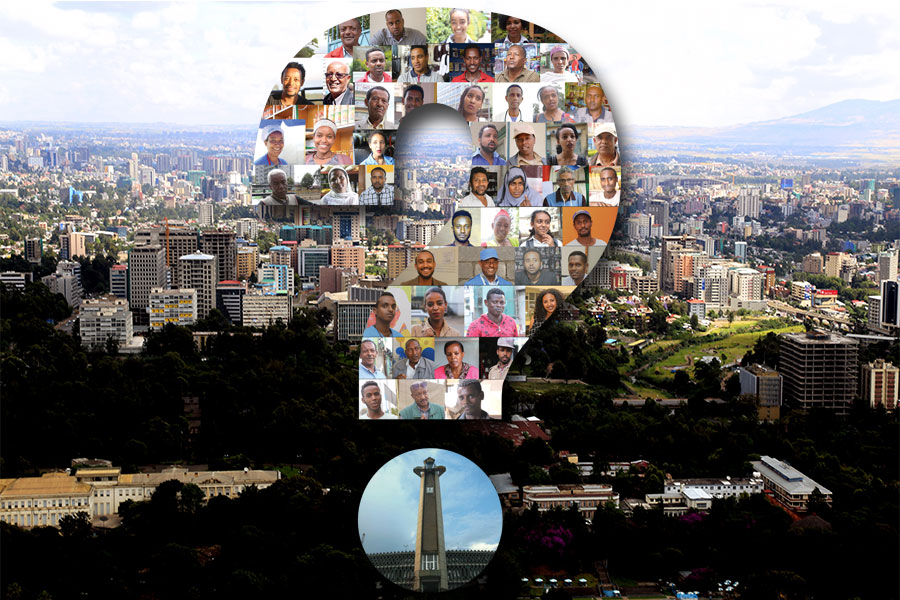
Photo Gallery | 144092 Views | Apr 26,2019

My Opinion | 134844 Views | Aug 14,2021
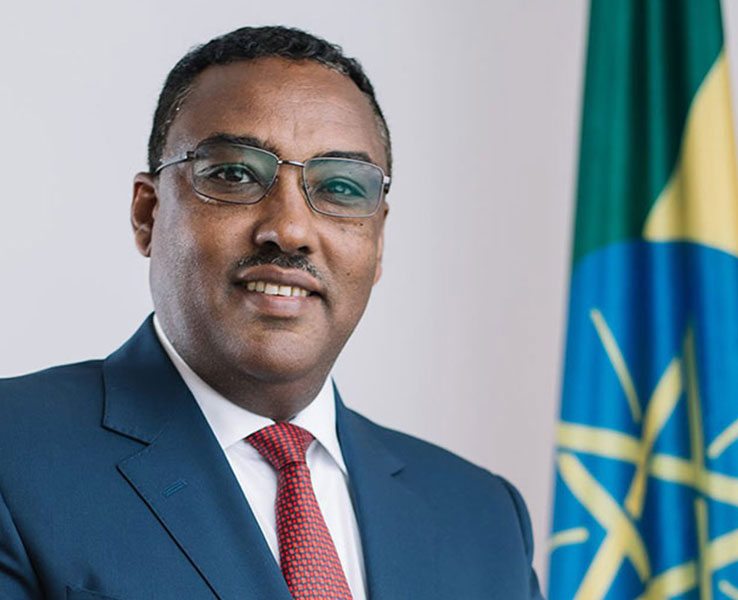
Photo Gallery | 132284 Views | Oct 06,2021

Dec 22 , 2024 . By TIZITA SHEWAFERAW
Charged with transforming colossal state-owned enterprises into modern and competitiv...

Aug 18 , 2024 . By AKSAH ITALO
Although predictable Yonas Zerihun's job in the ride-hailing service is not immune to...

Jul 28 , 2024 . By TIZITA SHEWAFERAW
Unhabitual, perhaps too many, Samuel Gebreyohannes, 38, used to occasionally enjoy a couple of beers at breakfast. However, he recently swit...

Jul 13 , 2024 . By AKSAH ITALO
Investors who rely on tractors, trucks, and field vehicles for commuting, transporting commodities, and f...
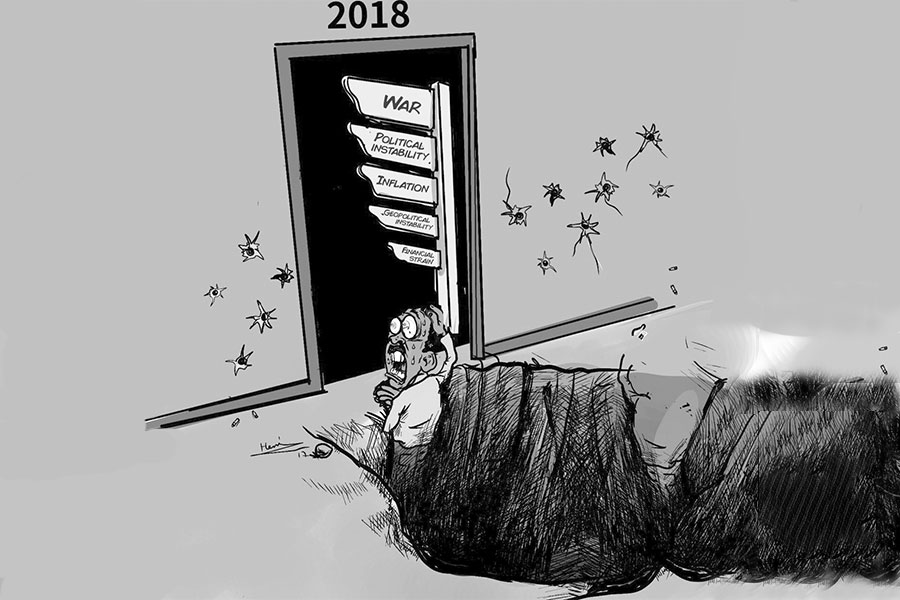
Sep 6 , 2025
The dawn of a new year is more than a simple turning of the calendar. It is a moment...
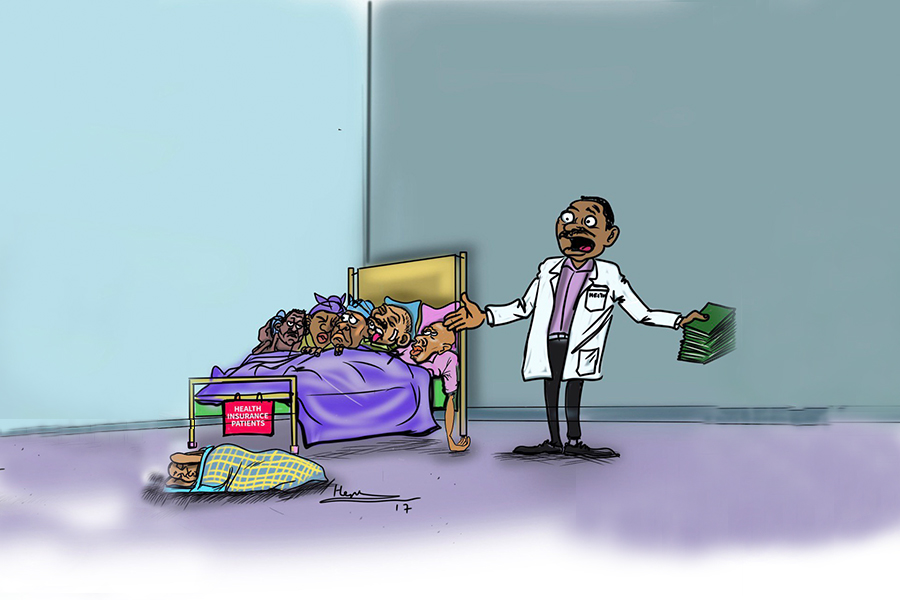
Aug 30 , 2025
For Germans, Otto von Bismarck is first remembered as the architect of a unified nati...
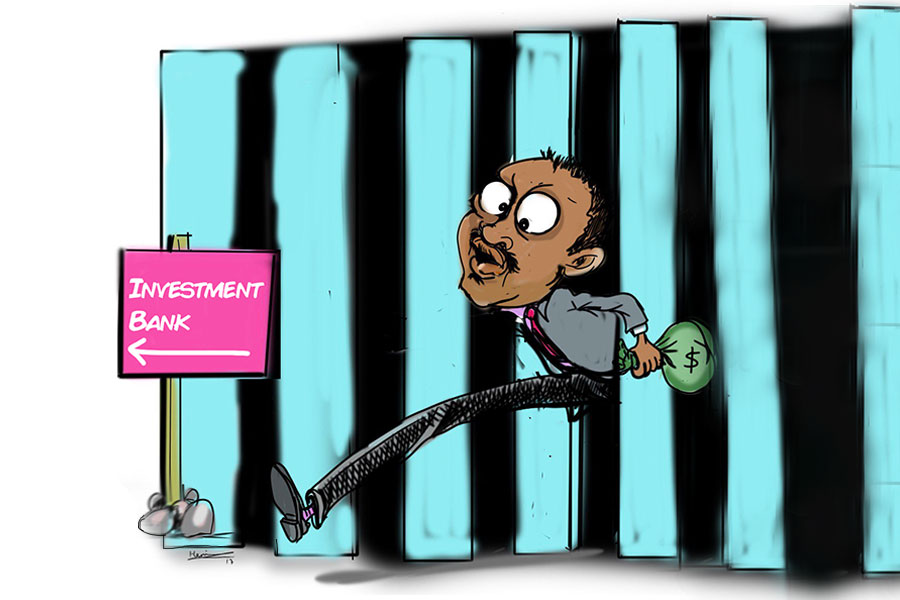
Aug 23 , 2025
Banks have a new obsession. After decades chasing deposits and, more recently, digita...

Aug 16 , 2025
A decade ago, a case in the United States (US) jolted Wall Street. An ambulance opera...
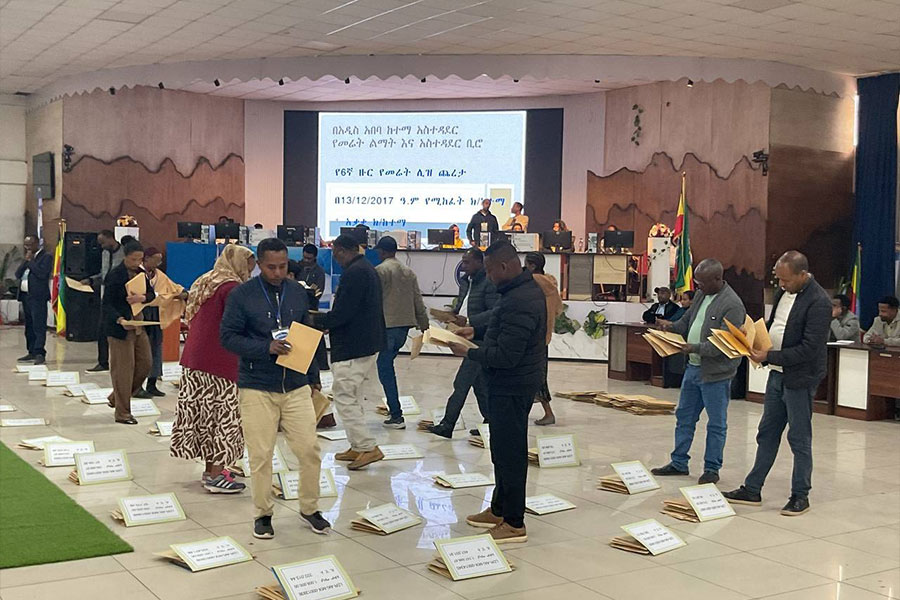
Sep 7 , 2025 . By NAHOM AYELE
Addis Abeba's sixth public land lease auctions after a five-year pause delivered mixe...

Sep 7 , 2025 . By BEZAWIT HULUAGER
Brook Taye (PhD), the chief executive of the Ethiopian Investment Holdings (EIH), is...

Sep 7 , 2025 . By BEZAWIT HULUAGER
For decades, Shemiz Tera in the Addis Ketema District of Atena tera has been a thrivi...

Sep 7 , 2025 . By NAHOM AYELE
A dream of affordable homeownership has dissolved into a courtroom showdown for hundr...